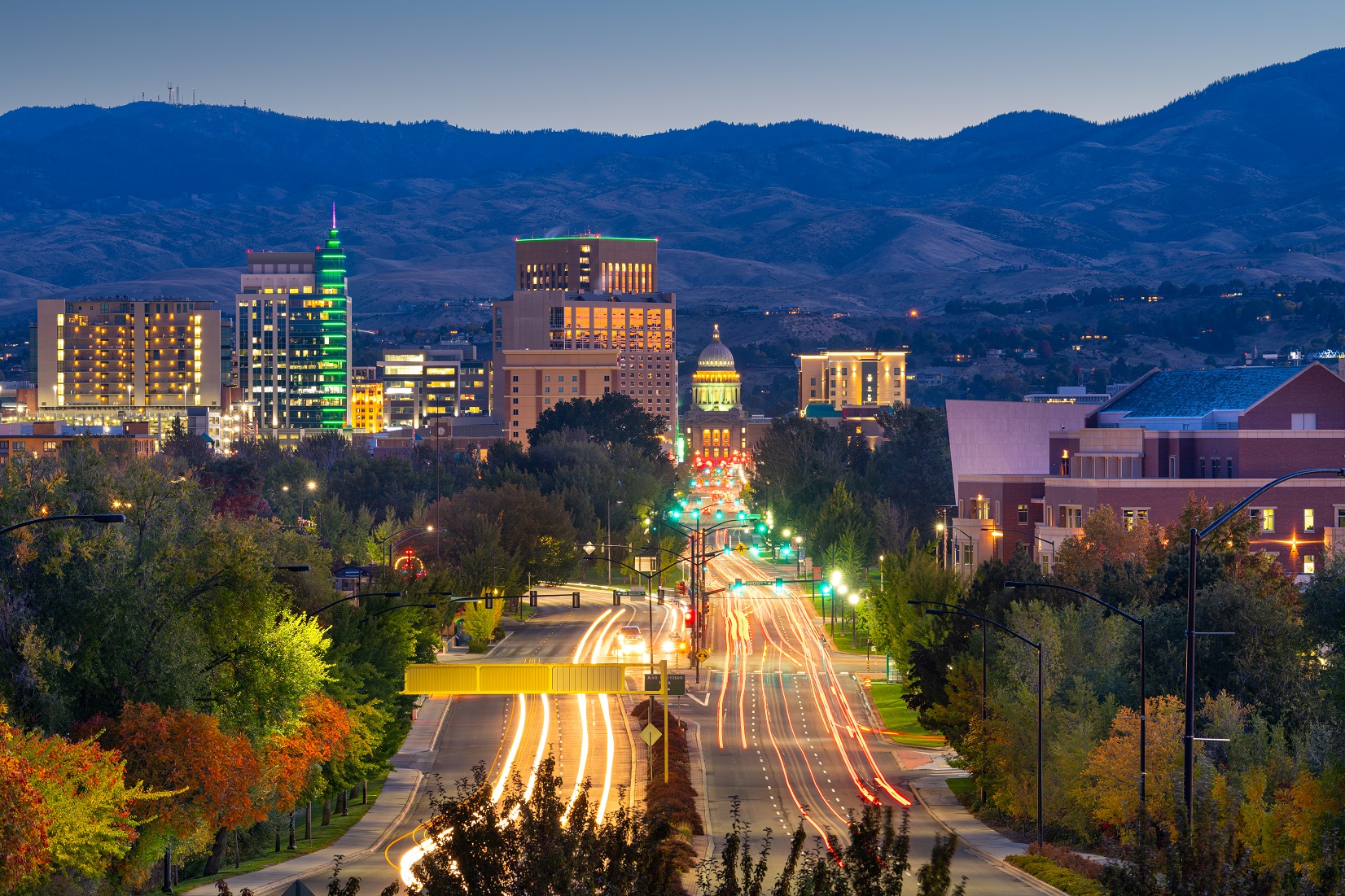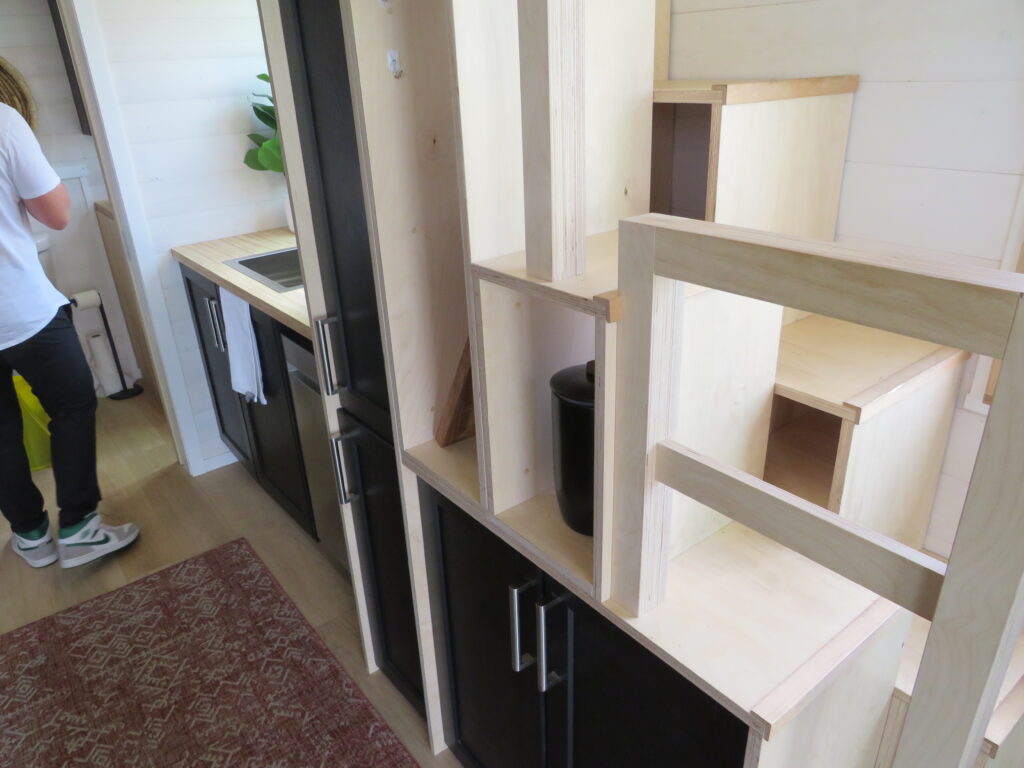Blog

What To Consider When Building a Tiny Home in Idaho
Living in a compact, more energy-efficient house with fewer possessions aids in the reduction of waste in Idaho. In reality, a tiny house consumes around 7% less energy than a conventional home. Even if you’re not completely off the grid, small houses may help you live more sustainably, particularly if you add solar panels or use wind power. It is often less expensive to build a tiny house than to purchase one already constructed, but don’t get too excited about the savings. If you consider these essentials before constructing a tiny house in Idaho, it will be ideal for your household.
Why do people choose Idaho for Tiny house?

Idaho is a lovely place for tiny houses. Tiny idahomes are a better option for the users of travel trailers. Particularly millennials are attracted to this style of property in Idaho. Due to the state’s low population density and cheaper homeowner’s insurance prices, purchasing a home in Southeast Boise, Meridian the city of Boise, and Hayden is reasonably simple and reasonable. Same is true for tiny home builders who want to build tiny houses.
In recent years, the tiny house movement has increased. It is becoming more a popular alternative to Travel Trailers, Airbnb, Manufactured Home and Truck Camper. Because these are easy to build and have few city codes from the city council to follow.
Craters of the Moon National Monument, Shoshone Falls, Lava Hot Springs, Idaho Falls, Sun Valley Resort, Sawtooth National Recreation Area, and a small portion of Yellowstone National Park are just a handful of the great natural full time attractions that can be found in Idaho. Idaho’s climate is perfect for a tiny house. It demonstrates considerable variation. In the winter, particularly in the northern half of the state, a marine climate predominates, while in the summer, a continental climate is prevalent.
6 Things to Consider While Building a Tiny House
Research Before Start
Fortunately, there is huge information on how to create a small house, including plans, challenges that develop during construction, suggestions on where to obtain the materials, etc. There are fewer step-by-step guidelines available on how to build your own small home, but it’s better to locate a decent one to follow than to try to plan out each step in your head since you’re certain to miss something. Check out these typical Idaho building code infractions to be certain. Before hammering the first nail, explore the Internet, study books, and peruse blueprints to absorb as many ideas and inspiration as possible. Take your time. Planning will allow you to accomplish your goals with less waste and fewer errors.
Make A Perfect Plan
A tiny house in Idaho requires careful planning. Acquire a foundational understanding of what to look for in a trailer if you intend to construct a wheeled vehicle, or recreational vehicle and what square feet, and minimum ceiling heights you need. This is the very base of your home, upon which all of your money and time will be spent. Ensure that it’s the proper one. Bring someone who is knowledgeable about trailers or metalworking with you if you plan to purchase a used trailer. Ensure that it is safe and will not cost you tenfold over time. Read as many blog posts, online discussion strings, and websites as possible about how to build custom tiny homes. This is the most crucial investment you can make for your tiny home.
Consider A Strong Foundation
When creating a tiny house in Idaho, it is crucial to consider a strong foundation. The first consideration is whether or not you want the home to be moveable. This, along with the previously described legal concerns surrounding small houses, is the primary reason why the majority of tiny houses are constructed on travel trailers. Tiny houses can be constructed in a variety of methods, including on skids, stilts, post-and-beam, or concrete slab foundations. It is essential to conduct a study to choose the optimal foundation for your tiny house.
Think Outside the Box
Tiny dwellings are frequently constructed using reclaimed or repurposed materials to save costs and improve environmental sustainability. Architects are becoming increasingly creative in their use of recycled materials, so when planning your tiny house, think beyond the box. Due to the house’s tiny stature, every material selection is crucial. Windows were previously noted as an essential element for expanding the space, thus the selection of glass is key. It is crucial to examine the thermal properties of various glass goods based on the climate in Idaho in which you plan to construct the tiny house.
Pull Permits
If you wish to build a small house in the state of Idaho, you will need to coordinate with local planning and zoning officials. If you’re planning to build a tiny house on a piece of property, it’s wise to let the landowner know in advance. You will be required to provide architectural blueprints, which should be of the highest quality. The little house must comply with building codes. The issue with tiny homes is that all structures must adhere to state building codes. If you desire a small house on wheels, it will be subject to RV rules and must be parked in Idaho mobile home-regulated zones.
Tiny home living in Idaho has several clear positives and cons: money savings but fewer facilities, mobility, little storage, lower size, and more red tape. But what’s less clear is that the trade-offs are as varied as the small home community itself, each unique to the particular resident, and they are changing. Don’t hurry. Before constructing, do proper research on it.
Budget

Budgeting for tiny homes can be difficult, especially if you’re trying to go off-grid. Here are a few tips to help you budget for your tiny home.
- Know how much you can afford to spend on your tiny home. This will help you narrow down your search and find a home that fits your budget.
- Don’t forget about the cost of insurance. Tiny homes are often considered dwelling units, which means they may require different insurance than a traditional home.
- Be prepared to pay for permits and fees. Depending on where you live, there may be permits and fees associated with building or living in a tiny home.
In conclusion, building a tiny home in Idaho is a great way to downsize and live a more sustainable lifestyle. The cost of living is cheaper, there are no property taxes, and you can be off-grid if you choose. If you’re looking for a simpler way of life, then building a tiny home in Idaho is the way to go.
If you’re looking for a job, Amazon has a number of jobs available in Idaho as they scale up their distribution centers across the US. Check out Amazon jobs in Idaho by Jooble